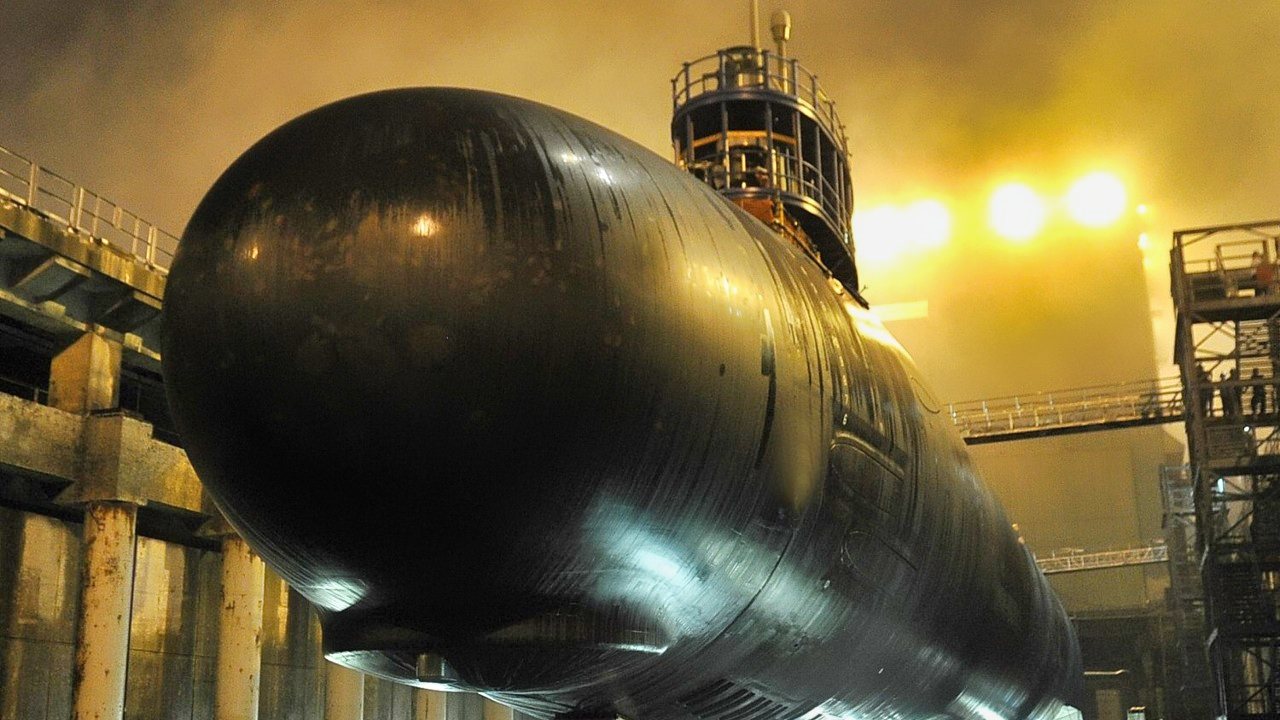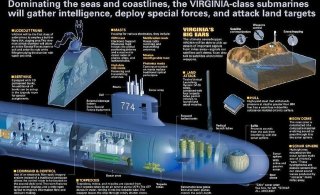The U.S. Navy Wants to Double Submarine Production
The U.S. Navy has launched an aggressive plan to double submarine production as part of its broader initiative to modernize its fleet and maintain maritime dominance.
Summary and Key Points: The U.S. Navy has launched an aggressive plan to double submarine production as part of its broader initiative to modernize its fleet and maintain maritime dominance.

-This expansion is critical for supporting the Columbia-class ballistic missile submarines and Virginia-class attack subs, while also preparing for the future SSN(X) Next-Generation Attack Submarine.
-To meet these goals, the Navy must drastically expand its industrial base, adding up to 4.5 million work hours annually. The effort will rely on revitalizing shipyards and improving collaboration with defense contractors, ensuring the Navy’s submarine force remains the largest and most advanced in the world.
U.S. Navy Pushes to Double Submarine Production in Major Modernization Effort
The U.S. Navy wants to aggressively modernize its submarine force with a new industrial initiative.
The plan is to double submarine production and keep the Navy in command of the seas.
The Challenge: Doubling Submarine Production
“In order to meet submarine production requirements, and in support of Navy Secretary Carlos Del Toro’s Maritime Statecraft initiative, the Navy and its submarine industrial base partners are committed to rebuilding a manufacturing base that has shrunk to just one-third of its capacity from 30 years ago,” the Navy stated in a press release.
However, to meet these production requirements, the Navy needs to to nearly double its current production capacity and add between 3.5 million and 4.5 million work hours annually. This is no easy feat. It would require a significant review of current processes, as well as solid cooperation with the defense and shipbuilding industries.
“Today’s announcement underscores our commitment to finding innovative and creative solutions to accelerate submarine production and is emblematic of my Maritime Statecraft initiative that seeks to incentivize expansion of our national shipbuilding capacity by engaging new, forward-leaning stakeholders and leveraging the power of public and private investment,” Del Toro stated.
The Navy currently has two ongoing submarine-building programs – the Columbia class and Virginia class. The Columbia program seeks to produce nuclear-powered ballistic missile submarines, which would carry out America’s nuclear sea deterrence missions. The Virginia class is the most advanced nuclear-powered attack submarine in the world.
But the Navy is also working on another submarine program, the SSN(X), or Next-Generation Attack Submarine, a program still in the very early stages of development.
“This announcement answers my call for investment into small-to-medium size shipyards, both active and dormant, that were previously the backbone of our Nation’s maritime power, and I look forward to continuing to work with industry on future initiatives to strengthen our maritime industrial base,” the Navy’s top official added.
“By revitalizing infrastructure supporting the maritime industrial base to enable increased production capacity, the Alabama Shipyard investment supports the U.S. Navy’s continued maritime dominance, enhances strategic deterrence, and protects the nation’s interests well into the future,” the Navy stated in a press release.
The Navy’s Submarine Fleet
The U.S. Navy has the largest and most advanced submarine fleet in the world. Currently, the Navy fields approximately 71 subs divided into three categories and four types of submarines.
Specifically, the Navy’s submarine fleet is divided into attack, ballistic missile, and guided missile submarines. Attack submarines (53 vessels of the Virginia, Los Angeles, and Seawolf classes) are tasked with tracking and sinking enemy shipping. Ballistic missile submarines (14 vessels of the Ohio class) use ballistic missiles to take out strategic targets. Guided missile submarines (four vessels of the Ohio class) pack cruise missiles. All vessels are powered by nuclear energy, giving them unlimited operational range and a great operational advantage. Only the ballistic missile subs carry nuclear warheads.
About the Author
Stavros Atlamazoglou is a seasoned defense journalist specializing in special operations and a Hellenic Army veteran (national service with the 575th Marine Battalion and Army HQ). He holds a BA from the Johns Hopkins University and an MA from the Johns Hopkins’ School of Advanced International Studies (SAIS). His work has been featured in Business Insider, Sandboxx, and SOFREP.
Image Credit: Creative Commons.


